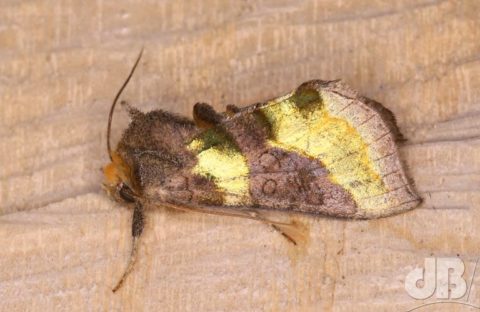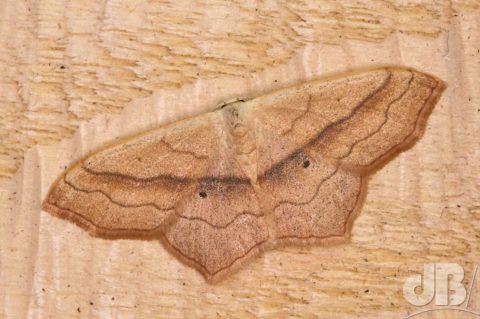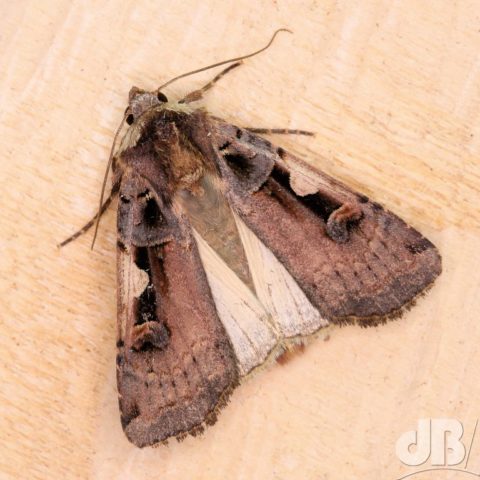The mercury had been rising for a few days, nudging up the little iron shims on the garden’s max-min thermometer by mid-afternoon. Three days on the trot it has peaked at a little over 30 Celsius in the shade despite it having been a Bank Holiday Weekend. Nights have been sultry, as they say in a certain kind of pulp fiction. Humid, and the mercury not nudging the iron bars below about 16 Celsius.
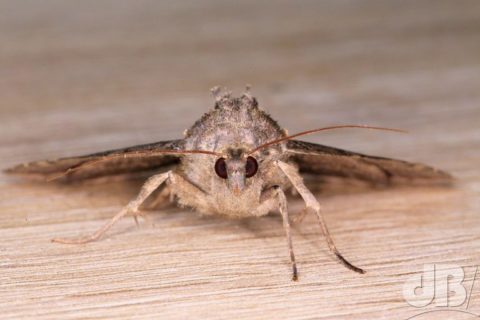
Of course, these are not extremes, these are puny temperatures when compared to much of the rest of the world. But, this is England and our weather is tempered by the Gulf Stream and admonished of late by global warming. It’s been good for the night-flying creatures you know I love. Both the bats and the moths.
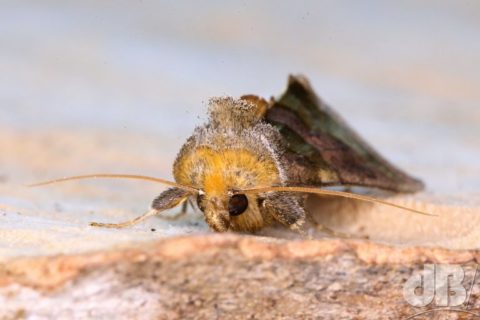
The moths far outnumber the bats of course. In the scientific trap, drawn to the 40 Watt actinic, UV light, there were at least 421 leps of more than 43 species (highest density but not diversity so far for me in my garden in 2019).
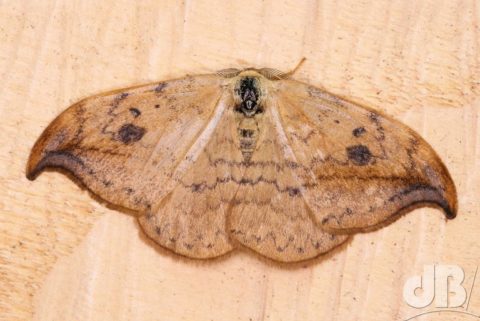
I keep a detailed record, but some of the micro-moths, the grass veneers, for instance, don’t always get segregated in my logs, so where I say Satin Grass-veneer or Chrysoteuchia culmella, it is possible that I’ve overlooked a distinct species of the 2000 or so micro moths of the British Isles.
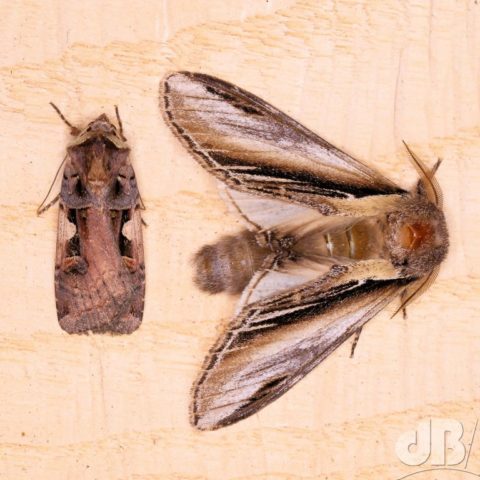
For the macro moths, I’m 99.9% certain I’m naming them and logging all of those correctly, albeit with an occasional escapee before it is ticked. There are around 500 macro moths in this country. Worldwide there are some 170,000 species of moths. #MothsMatter. I lodge rarities, interesting migrants, and vagrants that turn up with iRecord and the Cambridgeshire County Moth Recorder. Amazingly, of this morning’s haul not one of the specimens was new to the garden nor even new for the year, I’ve seen and photographed all of the species listed below several times.
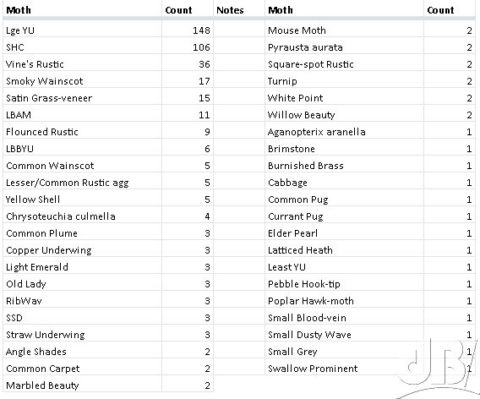
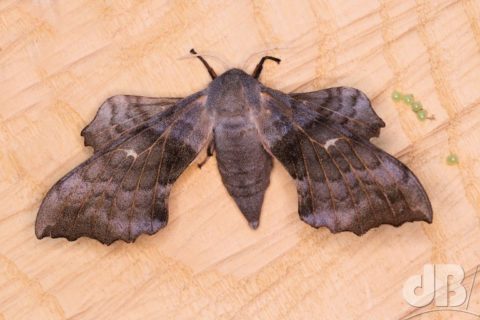
Oh, by the way, in case you didn’t know, Lepidoptera means “scaly winged” and butterflies are essentially a sub-group of moths, they all having a common moth ancestor way back in evolutionary history. All leps are descended from a common ancestor with the caddisflies (of which many often turn up in the trap too).
